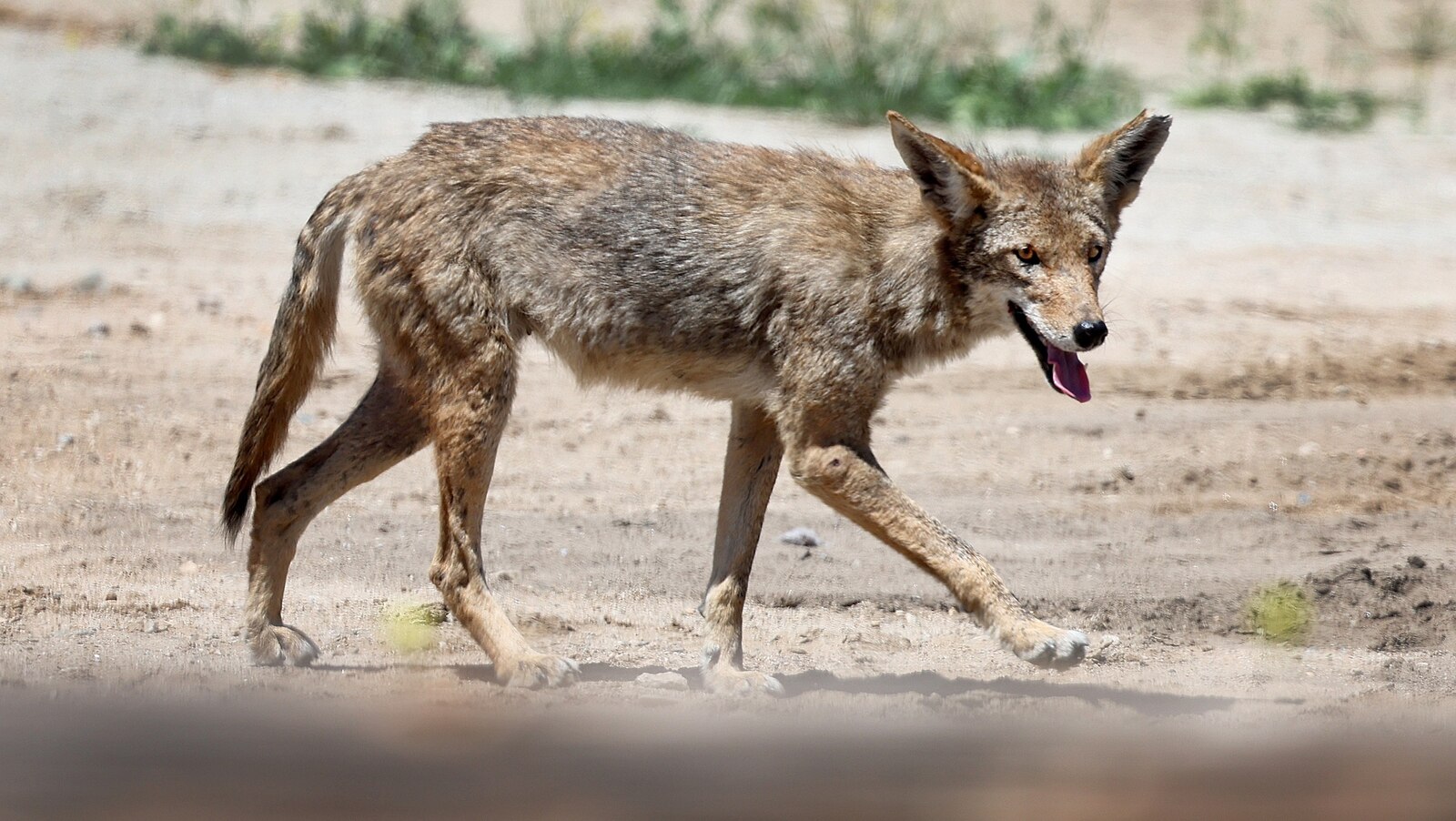Copyright ABC News

Researchers in California have pinpointed an unexpected impact of climate change within the state: an increase in human-wildlife conflict due to prolonged, climate-exacerbated drought conditions. Clashes between humans and wildlife -- especially carnivores -- were found to rise after prolonged stretches of reduced precipitation, according to a paper published Friday in Science Advances. Analysis of nearly 32,000 reports of human-wildlife interactions made to the California Department of Fish and Wildlife between 2017 and 2023 included reports of depredation -- or animal damage to property -- reports of anticipation of conflict or general sightings and reports of animal nuisance that did not result in property damage. More than 60 animal species were named in the reports. A team of researchers developed a statistical method to test how changes in precipitation across years and months coincide with changes and upticks in reported conflicts, Kendall Calhoun, a postdoctoral researcher and wildlife ecologist at the University of California, Los Angeles and University of California Davis, told ABC News. The findings indicate that conflict rose overall during drought, with the strongest increases occurring in mountain lions, coyotes and bobcats, according to the paper. The researchers did not have data on actual attacks or injuries, focusing instead on property damage and nuisance reports. The increase in human-wildlife conflict likely occurs as animals search for water and food during dry periods, Calhoun said. "There isn't water available, so species that actually need drinking water will need to either expand their home ranges or move how they use the habitat to find areas that do have water," Calhoun said. In addition, less water on the landscape means fewer plants for herbivores to eat and therefore fewer food sources for the carnivores. So, the animals may attempt to switch to easier prey, such as livestock, Calhoun said. Calhoun's lifelong passion for wildlife conservation in California inspired him to research how climate change impacts wildlife management and how people react to wildlife as a result, he said. Drought is a natural feature of California's climate, but conditions are becoming even worse due to human-induced climate change, according to the state's Office of Environmental Health Hazard. Warming temperatures and periods of low precipitation have increased the likelihood of extreme droughts in the region, according to the OEHHA. The research suggests that both humans and wildlife are changing their behavior as a result of drought, Calhoun said. In addition, people may be changing their perspectives of wildlife or their surroundings during periods of drought or other strenuous environmental situations, which therefore drives them to report the interactions more frequently, Calhoun said. "What once was maybe was seen as benign -- having some wildlife species on your property -- could be interpreted as something more," Calhoun said. "People perceive that interaction as conflict instead of something neutral." Conflict with carnivores is a "prominent conservation issue" due to their ecological importance, economic losses associated with the conflict, as well as the common stigmatization, the researchers said. "The efficacy of future conservation hinges on identifying how climate change and human-wildlife conflict are interconnected, particularly as the global effects of climate change accelerate across ecosystems," the researchers said. The findings serve as an "early warning" sign of the indirect issues caused by climate change, Calhoun said. "There is definitely a relationship between climate change and human wildlife conflict here in California, and we can show that as droughts happen or as precipitation decreases," Calhoun said.



